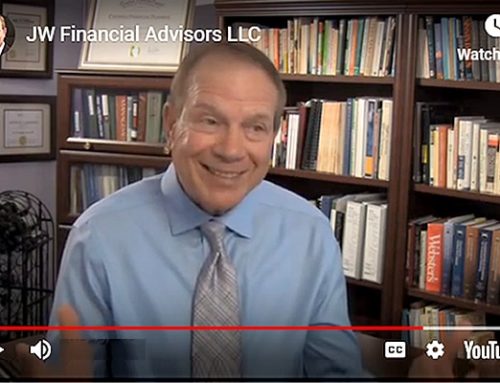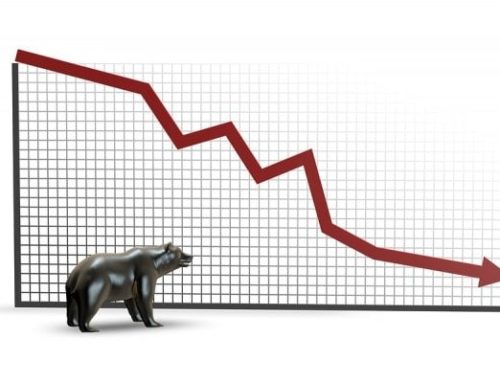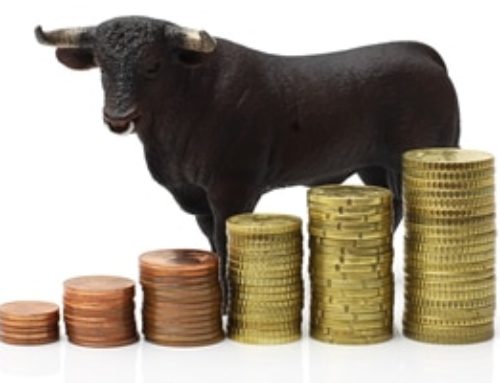
Image source: iStock ©yekorzh
Some retirees are able to live solely on the earnings that their investment portfolios produce, but most also have to figure out how to draw down their principal over time. Market volatility can present special challenges when you know that your nest egg needs to supply income for living expenses for many years into the future.
One way to make the volatility easier to live with is to use a “bucket” strategy. You create multiple pools or buckets of money; each pool, or “bucket” of money, is invested depending on when you will need the money, and will have its own asset allocation. Here is how the concept works:
Estimate your expenses over the next one to two years, and set aside that total amount as your first “bucket”. Safety is your priority for this money, so it would be invested in conservative, guaranteed investments, such as bank CDs, or savings accounts. You won’t earn much income on this money, but earnings aren’t the purpose of your first bucket. Its purpose is to provide peace of mind during periods of market volatility. One way to use this bucket is to write yourself a check on a scheduled basis, similar to receiving a paycheck. Regardless of market volatility, you will have a paycheck coming in.
As this bucket is depleted over time, it is replenished with funds from the second bucket. It is designed to produce income, and has a longer time horizon than the first bucket. You will take on more risk in pursuing higher returns. This bucket typically contains intermediate-term bonds, or dividend-paying stocks. It must replace the money you take out of your first bucket, plus cover any cost increases caused by inflation.
The primary function of your third bucket is to provide long-term growth that will enable you to keep refilling the first two. This bucket contains growth securities that will exceed the long term effects of inflation. This bucket will be the most volatile, but because it is built for the long-term, the growth component should overshadow the volatility.
Even with a bucket strategy you’ll also need to determine a sustainable withdrawal rate to preserve the longevity of your portfolio. If you have any questions regarding a “safe” withdrawal rate, or the bucket strategy, please feel free to call for a short discussion.







Leave A Comment
You must be logged in to post a comment.